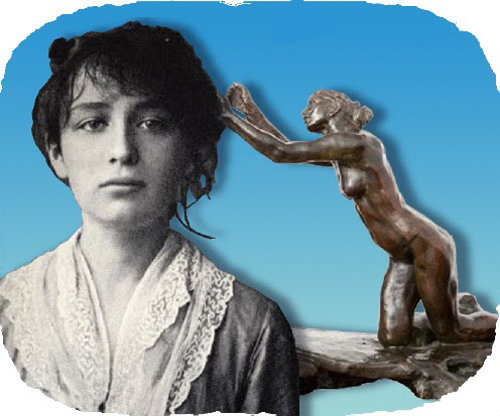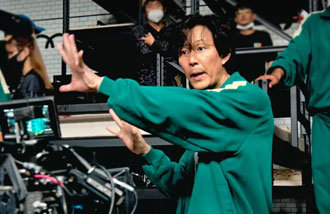The imploring woman
The imploring woman
Posted May. 03, 2023 07:59,
Updated May. 03, 2023 07:59

Some artworks exude sadness no matter what. The composition of “The Mature Age,” the bronze sculpture by French artist Camille Claudel created at the commission of the French government, is sorrowful. A young woman kneels pleading to an old man with her arms outstretched, while the man looks the other way, led by an older woman to the other direction.
A faithful interpretation of the title suggests that the artwork reflects the sad destiny of aging from youth, old age, and death. There are many critics that interpret the work this way. However, considering that the artist had separated the sculpture of the younger woman and created other bronze and plaster sculpture versions titled “The Implorer.”
After she passed away, her younger brother and poet Paul Claudel said that the two sculptures could not be viewed without tears. He referred the younger woman in the sculpture as his sister, saying that it was heartbreaking to see his proud sister being insulted, kneeling, and pleading. Claudel had been in a relationship with Rodin, 24 years her senior. She was a talented artist but spent the last 30 years of her life in an asylum. It was her family that confined her. Her mother refused to take her home though the doctor advised her to do so. Though her sculptures “The Mature Age” and “The Implorer” were created in her 30s, they foreshadowed her agony to come. It reflected the psychological reality she was in.
Claudel was declined by the School of Fine Arts, which barred women to enroll to study. She was abused by Rodin. Many of the bronze busts created in Rodin’s name were made by her. The world realized her talent several decades after her death. Perhaps that is why the sculpture of the young woman imploring makes us so sad. We identify ourselves with the weak, who are oppressed and declined, as we view the sculpture. Claudel had reflected them in her sculpture. This is how art transcends what we are.
Headline News
- Conflict mounts over removing rebellion crime from impeachment bill
- 55 percent of Seocho apartment transactions in October involved property gifting
- Richer people live up to nine more healthy lives
- Zelenskyy claims N. Korean troops lost heavy casualties in Kursk
- Man City secures 2 consecutive wins with Haaland leading the charge







